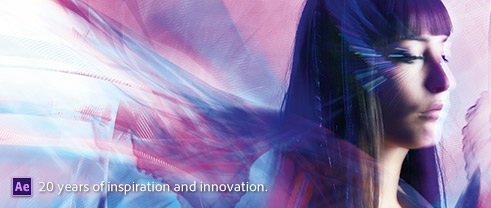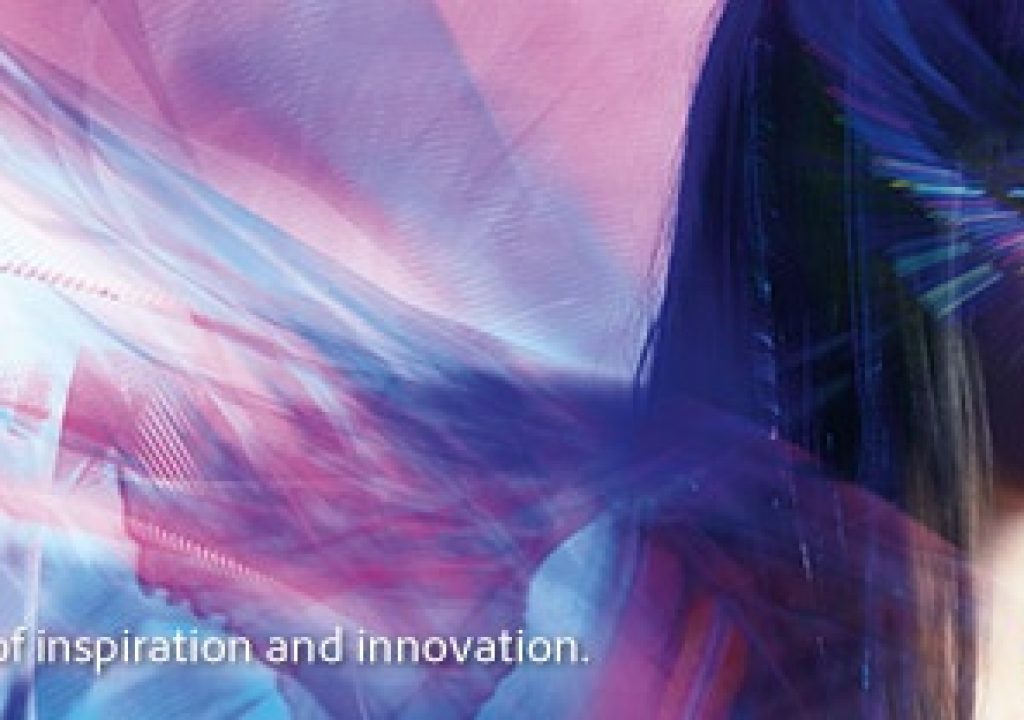
It’s been twenty years since After Effects was created by a small start-up company in Providence, Rhode Island. Some of those brilliant minds who brought After Effects into this world are still here at Adobe and some have moved onto other ventures. But one thing that remains true–from the first day the Company of Science and Art (CoSA) showed promising animated graphics in 1993 to today, After Effects has impacted the lives of so many. And it is those people we find insanely great.
The theme of the 20th anniversary is “Ae & Me.” It is our goal to get users, employees and the partner community to answer this simple question: “How has After Effects impacted you and your career?”
After Effects is more than motion graphics/visual effects software; it is a catalyst that helps propel careers. These are the stories that need to be told. These are the stories that our After Effects community wants hear. So what’s your story? Submit your story so we can share it to inspire others.
Additionally, throughout the next three months, the celebration continues with Ask a Video Pro eSeminars featuring users and employees that have worked with After Effects throughout its 20-year history. Employees and users will participate in #MoChats to discuss After Effects, and, on February 19th, users will be invited to participate an online scavenger hunt where they can win valuable prizes donated by partners. Make sure you follow us on Facebook and @AdobeAe to be notified of these activities.
Also, we have a little surprise for you. Open up After Effects CS6 and check it out!
- Hold down Alt/Option while opening the About box (i.e., Alt while choosing Help > About After Effects on Windows, Option while choosing After Effects > About After Effects on Mac) to open the credits.
- Open the “TV” composition, which is downstream from the “After Effects CS6″ one that appears. You can simply click the “TV” comp button in the Composition Navigator bar at the top of the Composition panel to get to it easily.
- Go to the last frame in the composition, which is one-frame beyond the last frame of the work area. (i.e., you would not see it if you did a RAM preview).

